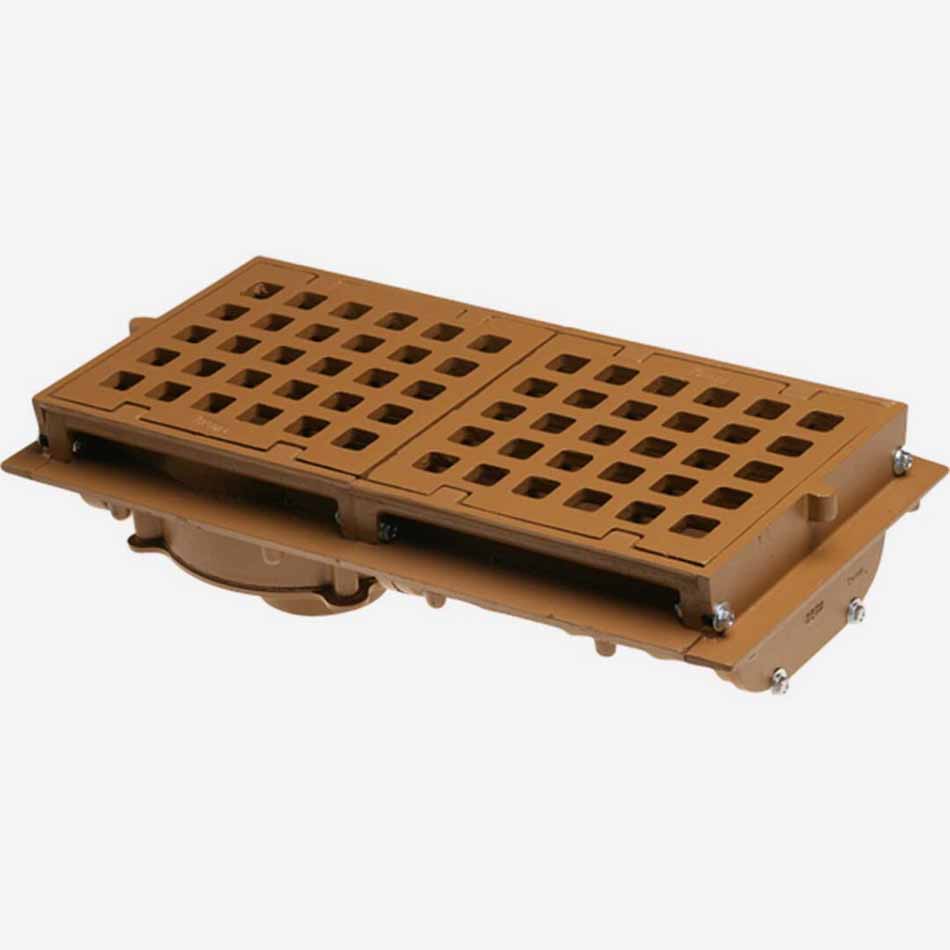In food facilities, maintaining a clean and hygienic environment is crucial for ensuring food safety and preventing contamination. One essential component of this environment is an effective drainage system that can manage wastewater and prevent the spread of harmful bacteria. Two popular drainage options for food facilities include slot drains and trench drains. Both systems have their advantages, but it’s important to understand their differences in order to choose the right system for your facility.
Slot Drains
Slot drains are characterized by a narrow and linear opening on the floor level, allowing water to enter directly into a concealed channel. These systems are typically found in smaller food processing facilities or food preparation areas.
Pros:
- Less visible: Owing to their minimalistic design, slot drains blend well with modern architectural styles. The discreet drain opening enables a seamless and visually appealing floor surface.
- Easy installation and maintenance: Slot drains can be integrated directly into the floor design, which simplifies their installation. They are also easily accessible for cleaning and maintenance, making them ideal for maintaining a clean facility.
- Space-saving: Slot drains require less space compared to trench drains, making them suitable for smaller food facilities.
Trench Drains
Trench drains, also known as channel drains, are characterized by a larger, linear opening on the floor level, covered with a trench grate drain. These systems are better suited for larger food facilities or areas with high water output.
Pros:
- High capacity: Trench drains have superior drainage capabilities due to their larger opening and inclusion of a reinforced grate. This makes them ideal for facilities with high water usage or those prone to flooding.
- Customizable grates: With various materials, patterns, and styles available for trench drain grates, these systems offer more customizability to match the aesthetics and requirements of the facility.
- Durability: Trench drains are often built with heavy-duty materials like cast iron or stainless steel, offering a longer lifespan and greater resistance to wear and tear.
To Conclude
Ultimately, the choice between slot drains and trench drains will depend on the specific needs and requirements of your food facility. Regardless of your decision, ensure the system is properly installed and maintained for optimal performance and longevity. In case you are decided to go with trench drains, you may also check out this blog post for tips on maintaining a trench drain system to keep it functioning at peak efficiency. A functional drainage system is key to a safe and hygienic food facility, so make sure you choose the right trench drain for your needs. Thank you for reading!



